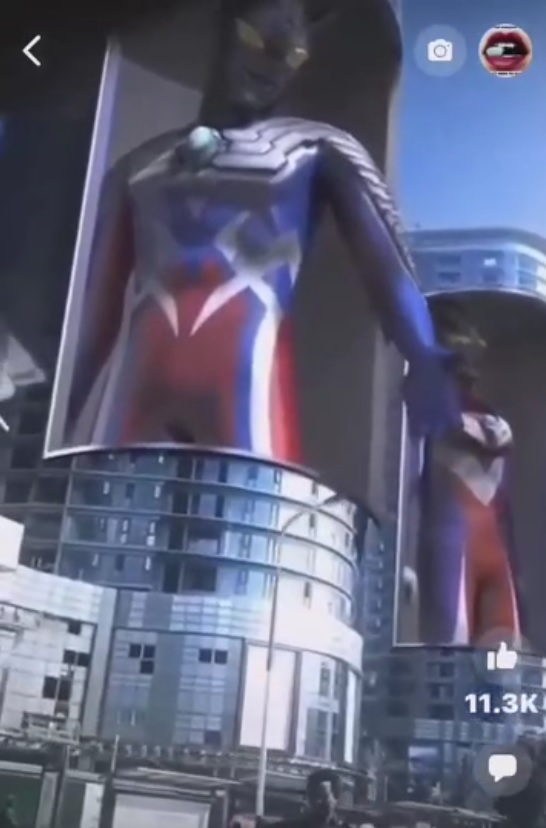Hologrammes
Quand la réalité rejoint la Science fiction
Le cinéma Américain nous mettait déjà au parfum dans les années 80
L’hologramme est le produit de l’holographie. Il s’agit historiquement d’un procédé de photographie en relief. Aujourd’hui, un hologramme représente une image en trois dimensions apparaissant comme « suspendue en l’air ». Le mot hologramme provient du grec holos (« en entier ») et graphein (« écrire »).
Par abus de langage, on nomme « hologrammes » les dispositifs apposés sur des cartes bancaires, billets, passeports, boîtes de logiciels et autres objets dont on veut améliorer la non-reproductibilité. Leurs caractéristiques sont difficiles à reproduire par des faussaires, mais ils ne contiennent pas d’information 3D : le relief apparent s’inverse quand le dispositif est retourné de 180° (la tête en bas), et disparaît pour une rotation de 90°.
Un hologramme multicolore et stable a été réalisé en au Japon par une équipe dirigée par Satoshi Kawata, en lumière blanche ordinaire, en utilisant des « plasmons » (excitations électroniques se propageant à la surface d’un film métallique), sur la base de principes découverts à la fin des années 1990.
![]()
![]()
![]()
![]()
![]()
![]()
Holograme
Când realitatea se întâlnește cu science fiction
Cinematografia americană ne-au pus deja în stare de spirit în anii 80
Holograma este produsul holografiei. Din punct de vedere istoric, este un proces de fotografiere în relief. Astăzi, o hologramă reprezintă o imagine tridimensională care pare a fi „suspendată în aer”. Cuvântul hologramă provine din grecescul holos („întreg”) și graphein („a scrie”).
Prin folosirea greșită a limbajului, numim „holograme” dispozitivele lipite pe carduri bancare, bilete, pașapoarte, cutii de software și alte obiecte a căror nereproducibilitate dorim să o îmbunătățim. Caracteristicile lor sunt greu de reprodus de către falsificatori1, dar nu conțin informații 3D: relieful aparent este inversat atunci când dispozitivul este întors cu 180° (cu susul în jos), și dispare pentru o rotație de 90°.
O hologramă multicoloră și stabilă a fost realizată în aprilie 2011 în Japonia de o echipă condusă de Satoshi Kawata, în lumină albă obișnuită, folosind „plasmoni” (excitații electronice care se propagă pe suprafața unei pelicule metalice), pe baza principiilor descoperite în sfârşitul anilor 1990.
![]()
![]()
![]()
![]()
![]()
![]()
Holograms
When Reality Meets Science Fiction
American cinema already put us in the mood in the 80s
The hologram is the product of holography. It is historically a relief photography process. Today, a hologram represents a three-dimensional image appearing to be « suspended in mid-air ». The word hologram comes from the Greek holos (« whole ») and graphein (« to write »).
By misuse of language, we call « holograms » the devices affixed to bank cards, tickets, passports, software boxes and other objects whose non-reproducibility we want to improve. Their characteristics are difficult to reproduce by forgers, but they do not contain 3D information: the apparent relief is reversed when the device is turned 180° (upside down), and disappears for a rotation of 90°.
A multicolored and stable hologram was made in April 2011 in Japan by a team led by Satoshi Kawata, in ordinary white light, using « plasmons » (electronic excitations propagating on the surface of a metallic film), on the basis principles discovered in the late 1990s.
Stéphane Guibert (Facebook) / Stéphane Guibert (VK)
![]()
